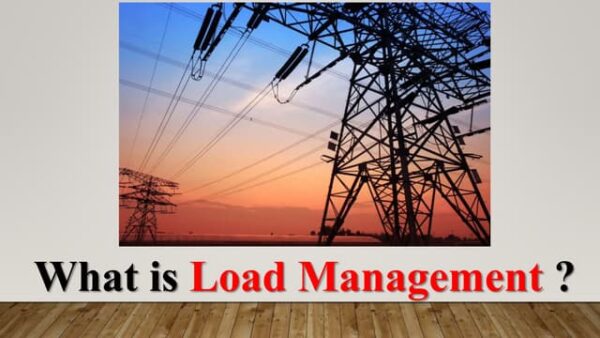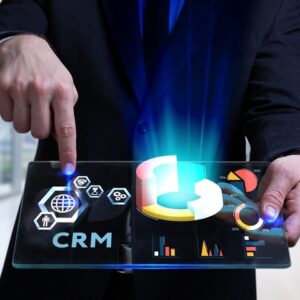Description
The Load Management System is an advanced software solution designed to optimize energy consumption and improve efficiency for businesses and industries. This robust tool monitors, analyzes, and controls energy usage in real time, ensuring balanced loads across systems while reducing operational costs. With features like predictive analytics, automated alerts, and comprehensive reporting, the software empowers businesses to make data-driven decisions and achieve sustainability goals. The Load Management System is ideal for factories, warehouses, data centers, and other energy-intensive operations.
Key Features:
- Real-time energy monitoring and control.
- Predictive analytics to forecast energy demands.
- Automated alerts for overload prevention.
- User-friendly interface for effortless management.
- Detailed reports for energy optimization.
- Scalable to fit businesses of all sizes.






Reviews
There are no reviews yet.